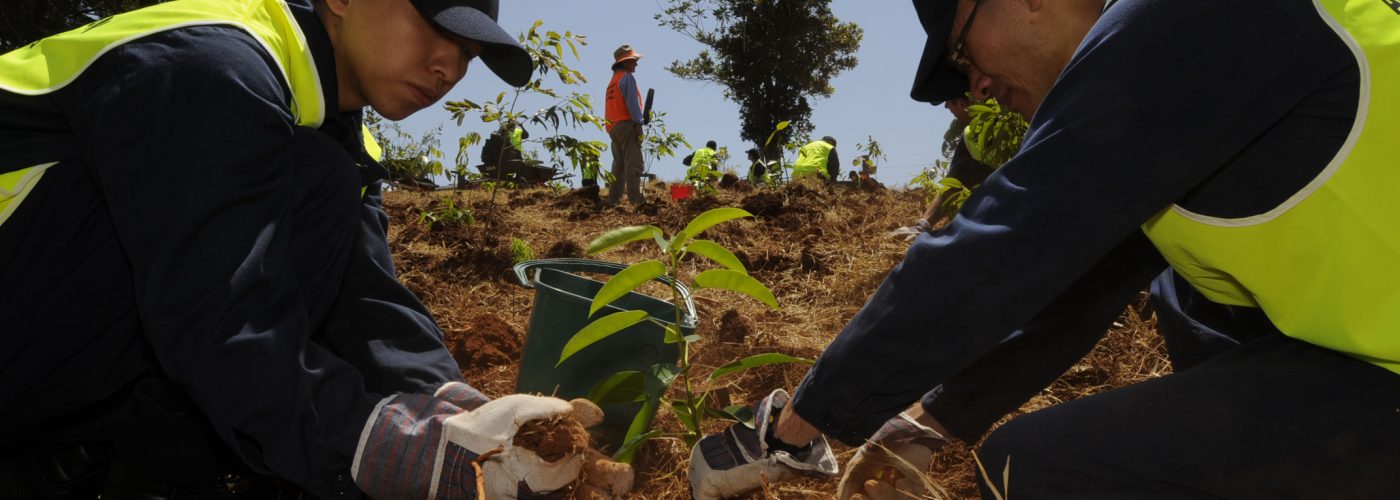As part of Yorkshire Water’s “big goal” for the environment, more than 14,000 trees were planted at Ogden Water last month, aiming to create new “green infrastructure”. One million trees will be planted in total on land owned by Yorkshire Water and leased by the Woodland Trust to enhance the environment and reduce the risk of flooding.
“We made a commitment in January 2018 to plant one million trees in the county over the next ten years to help reduce flood risk, capture carbon and boost woodland wildlife opportunities. I am thrilled to see trees being planted at Ogden as part of our commitment to tree planting within the new Northern Forest,” commented on the scheme Yorkshire Water’s catchment and recreation manager Geoff Lomas.
The partnership between the water company, the Woodland Trust and the Forest of Bradford will help expand the White Rose Forest as part of the new Northern Forest project. A mixture of native trees and shrubs including oak, beech and silver birch will be planted to enhance the biodiversity of the site while protecting its archaeology and retaining public access.
The scheme received backing from the prime minister, Theresa May and environment secretary Michael Gove in 2018, and over the next 25 years the Northern Forest will see the planting of more than 50 million trees from Liverpool to Hull, the first of its kind for more than a quarter of a century.
“The launch of this ambitious project at Ogden Water is a huge milestone for Calderdale and will have far-reaching benefits for future generations to come. With the Calder Valley being a flood-prone catchment, we truly value this programme of work not only for its benefits for ecology, biodiversity and air quality but also as a complementary measure to support traditional engineered flood defences,” said Councillor Barry Collins of Calderdale Council.
Spanning more than 120 miles between the cities of Hull, Leeds, Manchester and Liverpool, the proposed Northern Forest will help boost habitats for woodland birds and bats and protect species such as the red squirrel.





